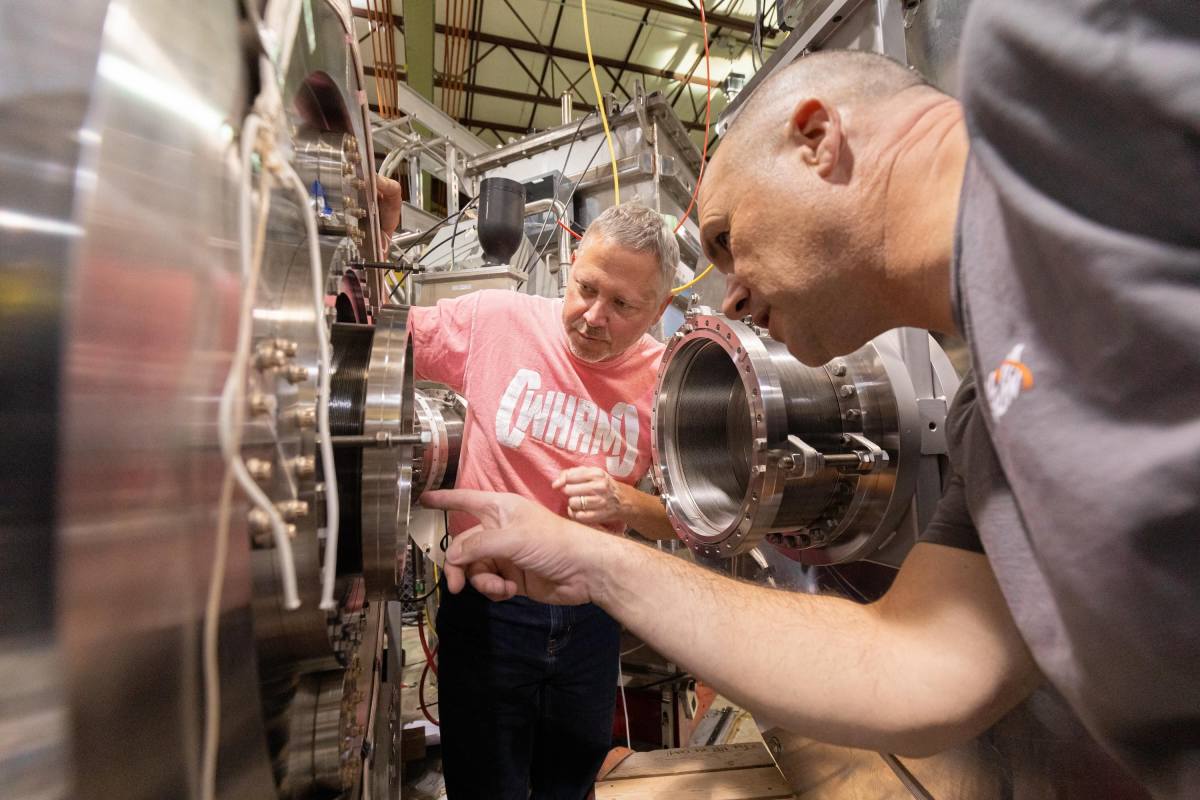Strong magnets are essential for the type of fusion power being pursued by Commonwealth Fusion Systems and a number of other startups.
© 2024 TechCrunch. All rights reserved. For personal use only.
A nuclear fusion experiment at the University of Wisconsin-Madison has set a record for the strongest steady magnetic field confining a plasma, ushering in new hope that forthcoming demonstration reactors will deliver on their promises to produce more power than they consume..
The new magnets came from Commonwealth Fusion Systems (CFS), a pioneering startup in the fusion industry which delivered the devices to UW-Madison’s WHAM experiment earlier this month. Once the WHAM team chilled the magnets down to operating temperature and applied a strong electrical current, the high-temperature superconductors produced a 17 tesla magnetic field. That’s more than twice as powerful as high-resolution MRI scanners used to image the human brain.
Strong magnets are essential for the type of fusion power being pursued by CFS and others. For every doubling of the strength of a magnetic field, the power output of one reactor design increases 16-fold.
WHAM has been operating for a few years, but “this was the first plasma with those new magnets,” said Kieran Furlong, co-founder and CEO of Realta Fusion. Realta was spun out of WHAM in 2022, but it still works closely with UW-Madison scientists and the experiment itself.
The previous record was held by MIT’s experimental reactor Alcator C, Furlong said.
Plasma held in the WHAM experimental reactor lasted only a fraction of a second, but it was enough to set a record.Image Credits: Mason Yu/University of Wisconsin-Madison
WHAM’s record-breaking magnetic field is something of a full-circle moment that illustrates just how close-knit the fusion industry remains: Research on Alcator C and its successor, Alcator C-Mod helped prove the physics that underpins CFS’s reactor and magnet designs.
CFS was spun out of MIT in 2018 to commercialize fusion power using a breakthrough magnet design. Both CFS and Realta are working to deploy reactors that use powerful magnetic fields to hold burning plasma in place so that hydrogen nuclei can fuse, a process that releases immense amounts of heat. CFS’s reactor is what’s known as a tokamak, which coerces plasma into a doughnut-like shape.
Realta and WHAM, on the other hand, are working on a magnetic mirror design. In it, two strong magnets sitting some distance apart create a magnetic field that holds the plasma in a shape that looks like a Tootsie roll. The magnets compress the plasma at either end, and the hydrogen ions bounce back and forth in the fat part of the roll where they collide, fusing in the process and releasing heat.
WHAM will serve as a testbed for the mirror reactor design. Once enough is understood about it, Realta will build a demonstration reactor that it calls Anvil, which it anticipates completing later in the decade. It’ll be similar to WHAM, though larger, and in addition to providing more data on the reactor design, it’ll also provide a way for scientists and engineers to test how different materials will behave inside a working reactor.
Following Anvil, Realta plans to build Hammer, an evolution of the design that will have not one but two magnets on each end. That’ll allow it to build longer reactors which it expects will be able to provide more power.

Leave a Reply